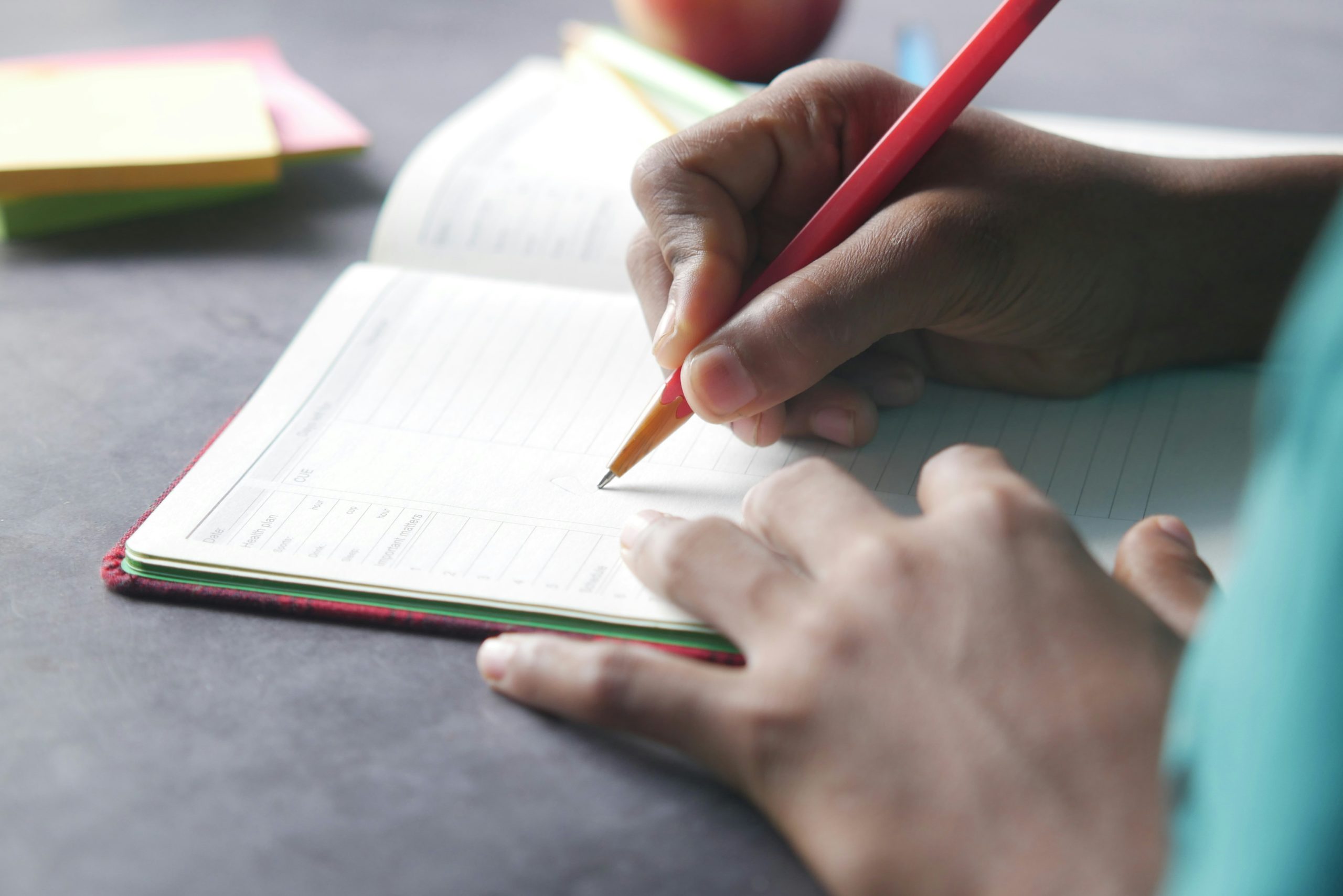Helping children develop gratitude isn’t just about teaching good manners – it’s about building a foundation for emotional well-being and social connections. In this guide, we’ll explore practical ways to weave gratitude practices into your daily routines, whether you’re at home, school, or out in the community.
Why Teaching Gratitude Matters
Research shows that grateful children tend to be:
- Happier and more optimistic
- Better at handling challenging situations
- More likely to help others
- More successful in school
- Better at building meaningful relationships
Simple Gratitude Practices for Kids
At Home
- Gratitude Jar
- Place a decorated jar in a visible spot
- Have family members add notes about things they’re thankful for
- Read the notes together during weekly family time
- Bedtime Thank-Yous
- Start a bedtime routine of sharing three good things from the day
- Encourage specific details rather than general statements
- Example: Instead of “I’m grateful for my toys,” try “I’m thankful Tommy shared his new blocks with me today”
- Gratitude Drawing Time
- Set aside time for kids to draw pictures of things they appreciate
- Create a family gratitude wall to display the artwork
- Change the theme weekly (family, friends, nature, etc.)
In Public
- Thankful Treasure Hunt
- Turn errands into gratitude games
- Ask kids to spot things they’re thankful for while shopping or walking
- Encourage them to thank service workers they meet
- Random Acts of Kindness
- Help kids plan and perform small acts of kindness
- Write thank-you notes to community helpers
- Leave positive messages for others to find
At School
- Morning Circle Gratitude
- Start the day by sharing one thing you’re looking forward to
- End the day with a gratitude reflection
- Create a classroom gratitude bulletin board
- Gratitude Journal
- Keep simple journals where students write or draw daily entries
- Provide prompts like “Someone who helped me today…” or “Something beautiful I saw…”
- Share entries voluntarily during class meetings
Making Gratitude Fun with Technology
Transform gratitude practices into engaging learning experiences with Ozobot! Here are some exciting activities that combine gratitude with coding and robotics:
- Let’s Talk about Gratitude
- Students program Ozobot to express different ways of showing appreciation
- Perfect for elementary school students learning basic coding concepts
- Gratitude Party: A Thanksgiving Activity
- A festive way to combine holiday celebrations with STEAM learning
- Students create gratitude-themed paths for their Ozobots
- Giving Back to the Community
- Teaches students about community service through interactive robotics
- Helps children understand the importance of giving back
Tips for Success
- Be Consistent: Make gratitude a daily habit rather than a one-time activity
- Lead by Example: Share your own gratitude regularly
- Keep It Age-Appropriate: Adjust activities to match your child’s development level
- Avoid Forcing It: Let gratitude flow naturally and celebrate genuine moments
- Make It Interactive: Use games, technology, and hands-on activities to keep children engaged
Start Your Gratitude Journey Today
Remember, teaching gratitude isn’t about perfection – it’s about progress. Start with one or two practices that feel right for your family or classroom. As these become habits, add new activities to keep the practice fresh and engaging.
By incorporating these gratitude practices into daily life, you’re helping children develop essential life skills that will serve them well into adulthood. Plus, with tools like Ozobot, you can make the learning experience both meaningful and fun!
Ready to explore more ways to teach gratitude with technology? Check out more lessons in Ozobot Classroom and start your journey today!









